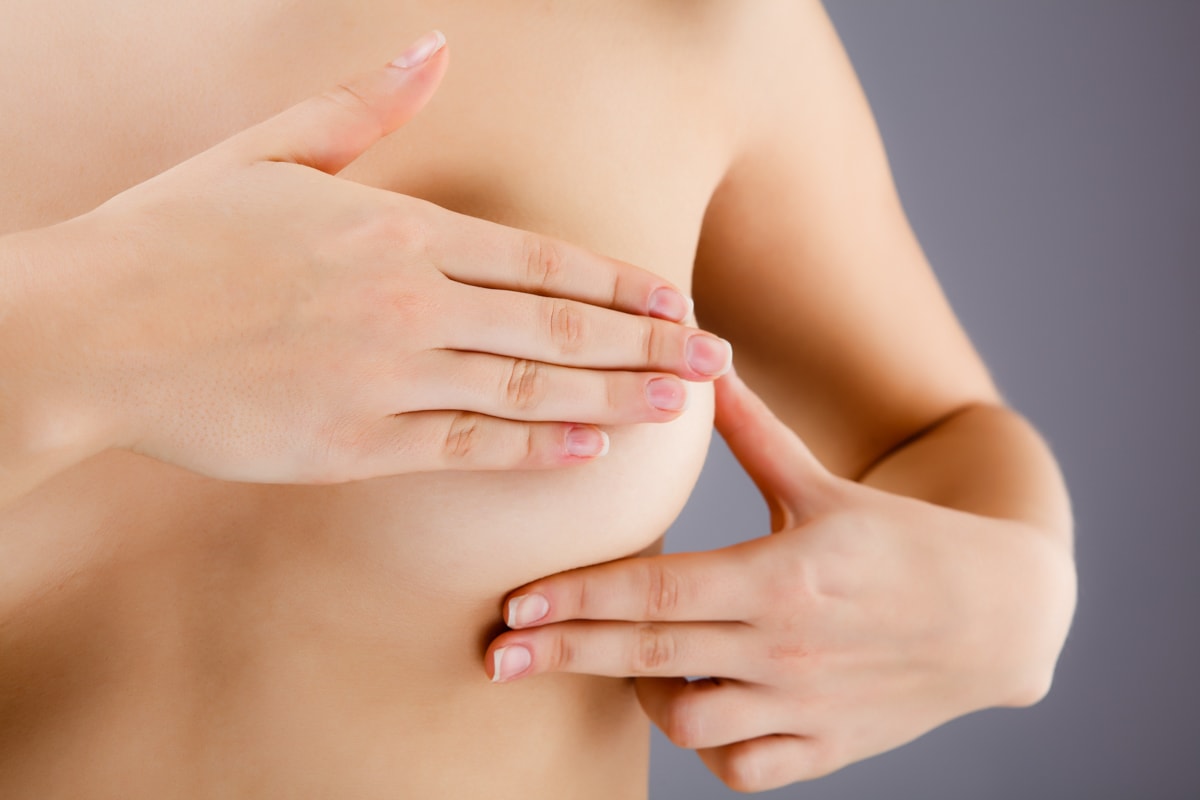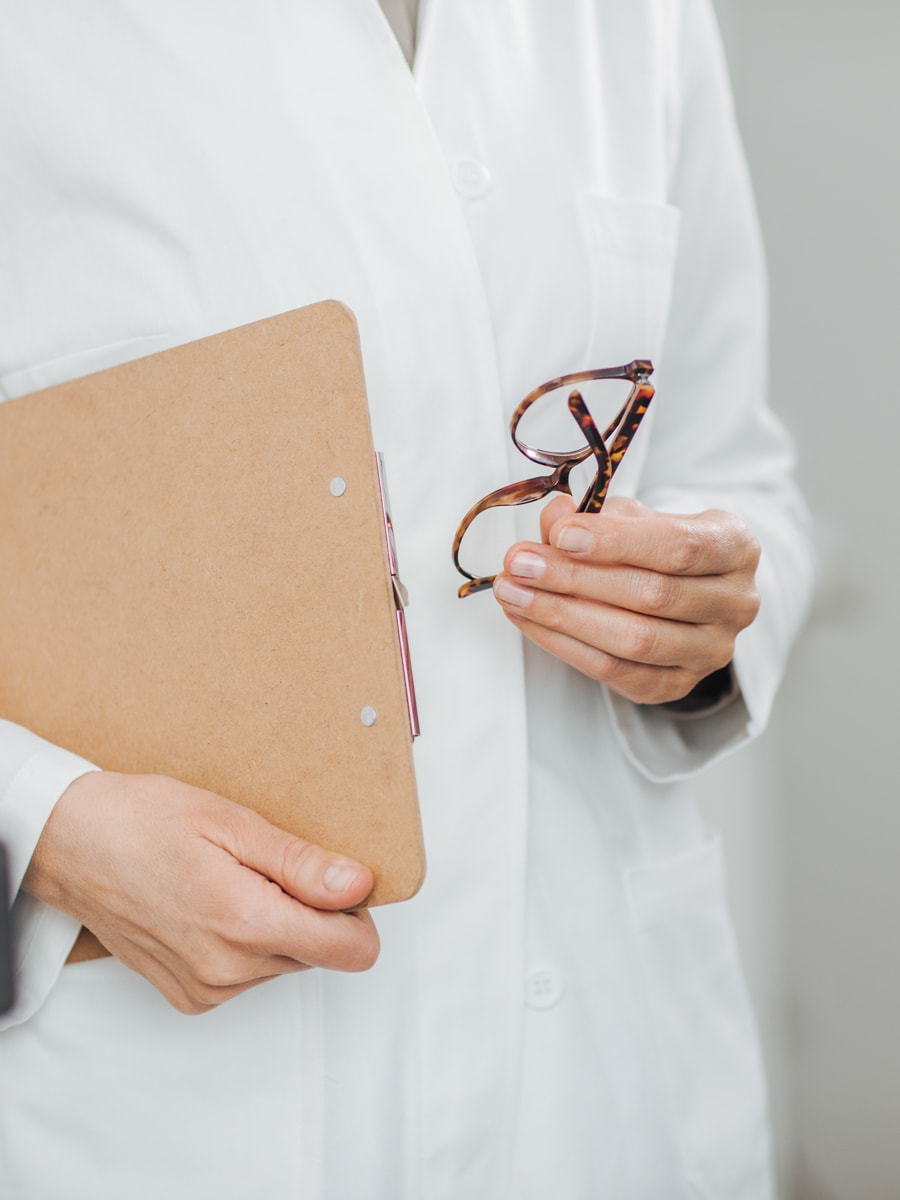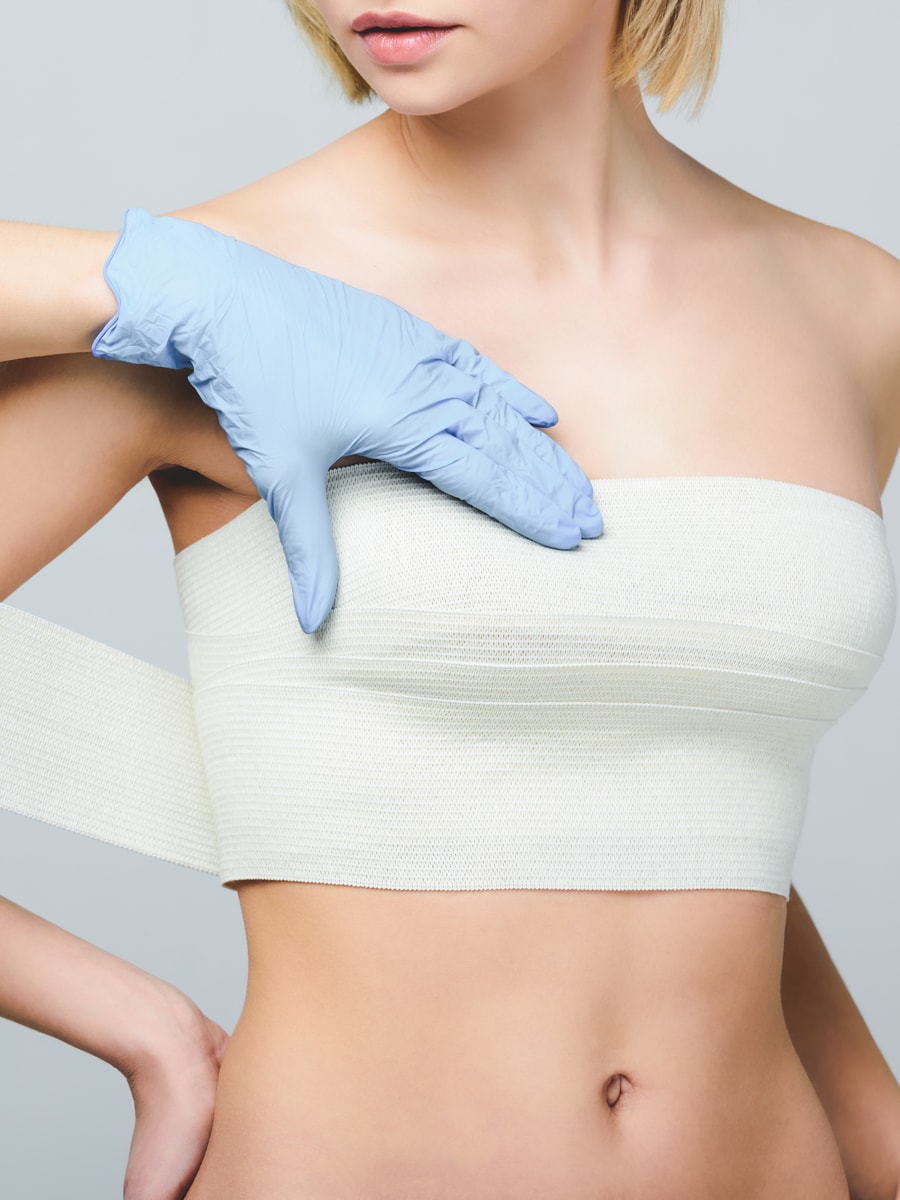
The pigmentation of the areola and nipple it is very often the final stage after the breast reconstruction in women underwent mastectomy. Both areola and nipple can be completely rebuilt using a medical tattoo technique. This procedure is performed to give a natural colour appearance to the areola and nipple in the breast surgically restored. In cases where the nipple was not restored, a 3D effect technic can be built emphasizing protruding nipple.
The same technique can be used for camouflaging scars on the areola or just improving them cosmetically by reaching a more symmetric form and a better definition, or even increasing their sizes.
The permanent pigmentation of areolas and nipples restore the natural beauty of breasts regaining confidence in their femininity. And not just promoting cosmetic changes but emotional, physical and relationship benefits. These permanent paramedic’s procedures from breast reconstruction are a miracle of the medical field.

Prior to the treatment, you will have a personal consultation which will explore your medical history in detail. In order to ensure the correct outcome, we will need to understand what surgery or treatments you have had (or are planned for the future).
We will then talk with you about your desired outcome from the treatment and what you want to achieve. Knowing this will help us to work with you, to develop a solution that meets your needs. In addition to that, we’ll naturally take into account other factors such as your skin tone and breast shape and size.
During the design phase we will draw your new areola/nipple onto your skin. You will be fully involved in this process. I will be your guide, but you will be the one to approve exactly what everything looks like.
Then we will work on the colors. Depending on how natural, subtle or strong you want the result, we will custom blend our colors to perfectly match your requirements. Again, you will be fully involved in this part of the process.
Before beginning, the professional will inspect the skin making sure it is healthy enough to receive the procedure. And after cleaning the area with alcohol or an antiseptic solution, the drawing will be made with a pencil respecting the patient’s opinion about the shape. After it is been approved an anaesthetic gel is applied and performs the procedure.
All treatments are done in a safe environment and making use of individuals sterile needles.
The treatment itself involves gently application of hypoallergenic pigments in the superficial layers of the skin using the same permanent cosmetic device.

Try to avoid Vitamin E supplements, caffeine, alcohol and highly salted foods 24 hours before your procedure, as they dilute the blood and can increase bleeding and lymph rising to the surface during the procedure.
In most cases, areola and nipple pigmentation is needed after a surgical procedure. However, people have different reasons to undergo this treatment:
A session of breast micropigmentation usually takes around 3 hours, however it can take longer when the both breasts have to be pigmented to ensure a similarity between the two breasts.
The average durability is from 18 months till 3 years. The procedure may need a touch up after 6 weeks to achieve best results. Depending on your treatment and degree of scarring, it could be that you require more than one appointment; however, this is entirely dependent on your individual circumstances and requirements.